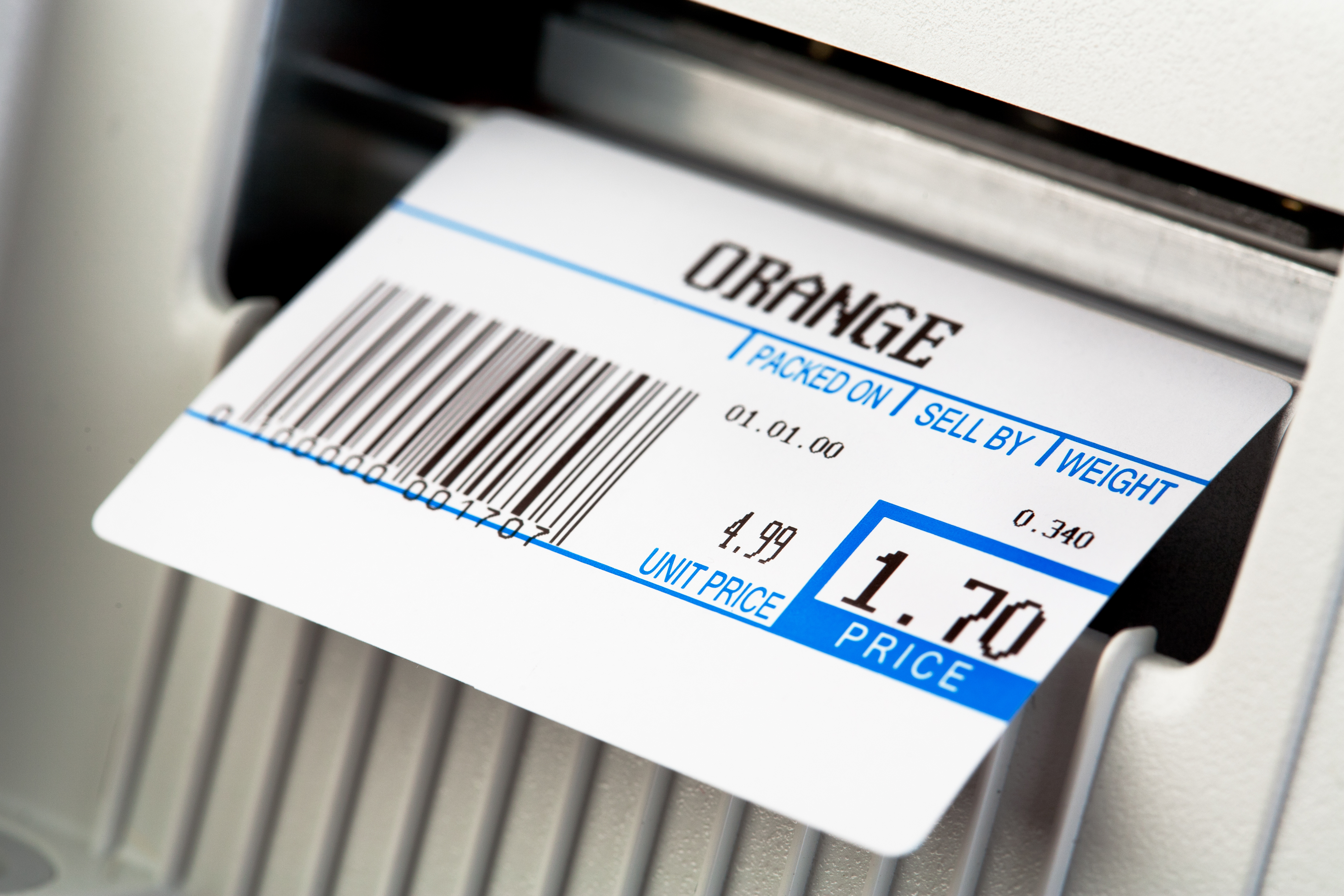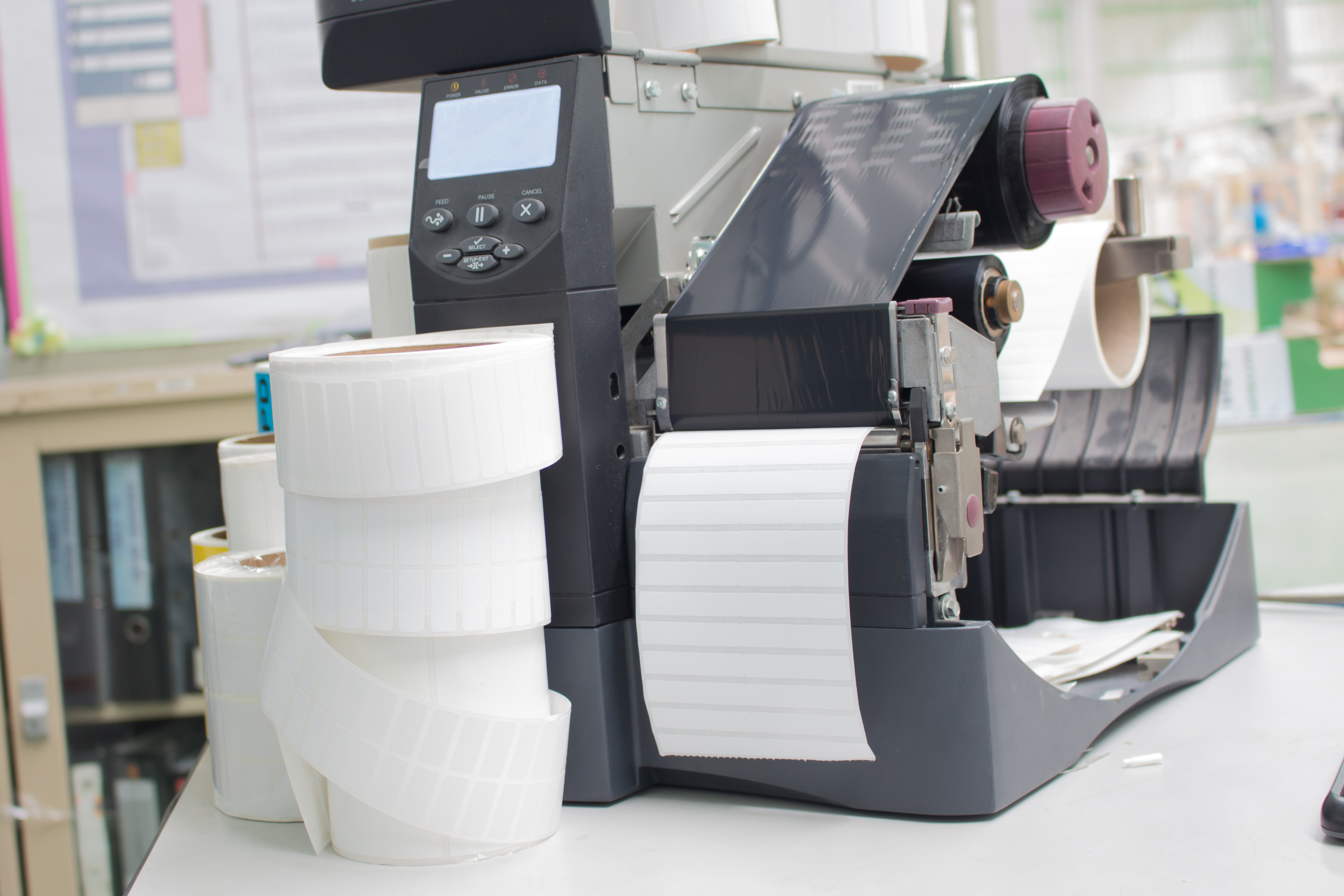Direct Thermal Vs Thermal Transfer [Infographic]
Direct Thermal Vs Thermal Transfer [Infographic]
See the infographic at the bottom of this article.
If you’re reading this , you’re probably on the hunt for a labeling solution. Navigating the vast ocean of options can leave you feel like your drowning in information. Looking for a lifeline? Here’s a quick summary of what you need to know about direct thermal and thermal transfer printing.
Note that thermal printing is not a four-color process. If you are planning to print color photos, gradients or other rasterized images, you'll want an inkjet label printer.
Direct Thermal

Direct thermal is an economical solution that does not require ink to print.
How it Works
Direct thermal labels are coated in a heat sensitive material that blackens when it meets the heated printhead. Think of the printhead like a branding iron in that directed heat causes the markings on the label, not ink.
Pros
- Economical
- Easy to use
- No Ink required
Cons
- Markings fade over time
- Limited stock options
- Printheads wear out quickly
- Black printing only
Ideal Applications
- Shipping Labels
- Receipts
- Inventory ID Labels
Summary
Direct thermal is the economical solution for short term labeling needs. The ink-free process means that total cost per label is dramatically lower than comparable methods. The tradeoff is that these labels start to fade after about 6 months and may eventually become unreadable.
Thermal Transfer

The ink ribbon is what differentiates thermal transfer from direct thermal printing.
How it Works
The heated printed melts ink onto the label for a lasting impression. This process required ink to be in a special form called a “ribbon,” which allows the ink to be loaded alongside the labels. Ribbons come in three types of ink. From most economical to most durable, the 3 ribbon types are: Wax, Wax-Resin and Resin.
Pros
- Many label / ribbon options
- Lasts for years without fading
- Withstands harsh environments (Wax/Resin or Resin ribbons)
Cons
- Label / ribbon compatibility is not universal
- Higher cost per label than direct thermal
Ideal Applications
- UL/cUL
- Product ID Labels
- Circuit Board Labels
- Asset Tracking Labels
- Wire & Cable ID
- Cryovial Labels
Summary
Thermal transfer is the reliable solution for high performance labeling needs. Aside from lasting for years without smudging or fading, this process offers far more options in terms of label and ribbon stock. Cost per label is higher than direct thermal, but for specialized solutions look no further than thermal transfer.

![Direct Thermal Vs Thermal Transfer [Infographic]](https://mada.dasco.com/media/wordpress/a0919148f82d883d5ab5dacc740a4272.png)